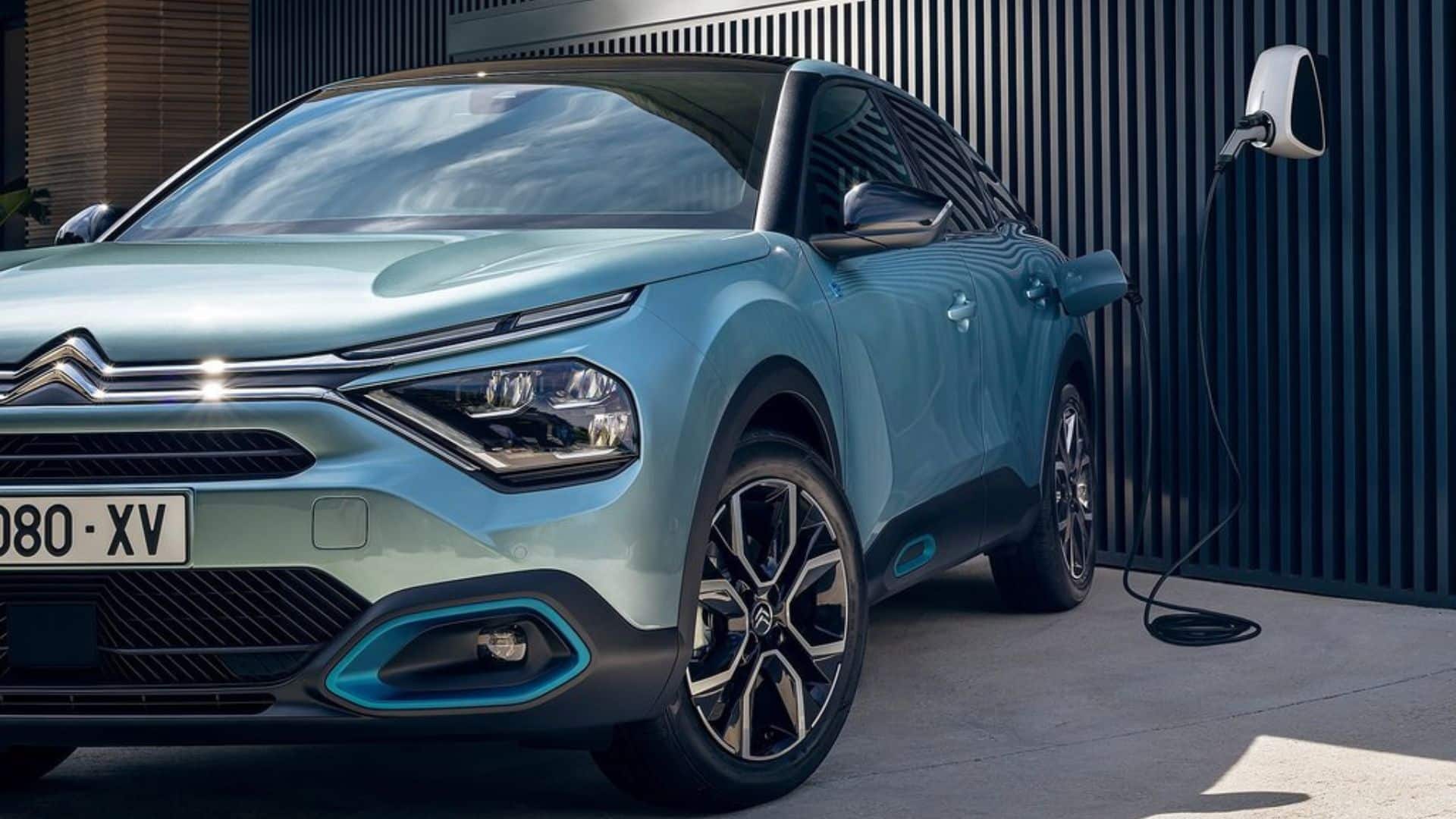Home Charging: Wall Outlet or Wallbox, Which One to Choose?

No more trips to the gas station to refuel. Being able to recharge the batteries of an electric car at home is one of the major advantages of this technology. However, choosing the most suitable charging system for your usage is essential.
Does the recent increase in sales of electric vehicles condemn gas stations as we know them? One thing is certain: avoiding this kind of trip by plugging in your vehicle daily at home for charging is a major benefit of these cars. Not only is there no longer a need to go elsewhere than home to “fill up” except during long trips, but it is also the best way to minimize the cost associated with car usage. With an average electricity price of 0.17 euros per kWh in France for domestic power, significant savings are possible by charging only at home: less than 10 euros to charge a vehicle with large batteries like the Tesla Model 3 Long Range. But you must also choose a method for this home charging. It depends on your needs in terms of recharging time, but also on your budget.
A simple socket to pay nothing?
All current electric cars come with a cable for “mode 1,” allowing connection to a standard household socket. If you have such a socket within reach of your electric vehicle, you can recharge without additional costs. However, there are limitations: first, you’ll need patience. With a power often around 2 kW and current limited to 8 or 10 amps on these basic sockets, it will take several days to fully charge a Renault Zoe or Peugeot e-208. Almost a week for a Mercedes EQS or a large BMW iX! Furthermore, it is strongly recommended to verify the electrical installation. Charging a large-battery electric vehicle for many hours could have severe consequences if there are electrical issues. These simple sockets are mainly designed for less energy-intensive devices. That is why manufacturers advise using at least a “reinforced” socket, which can deliver current safely into large batteries without risk.
The cheapest option, the reinforced socket
Thanks to a dedicated electrical circuit, the reinforced socket also allows for a slight increase in charging power (typically up to 3.7 kW), while reducing the risk of circuit overheating. This means faster charging. Including installation, this solution costs on average €450. If you have an electric car with small batteries or rarely undertake long trips, this system may suffice, provided you keep it plugged in at home often. However, for charging large nearly-depleted batteries, you will still need more than 24 hours.
The wall-mounted charger, the ideal solution
For those who cannot wait that long, the only option is to opt for a wall-mounted charging station (“wallbox” in English). This requires using the “mode 3” cable from the electric vehicle, which connects to a specific outlet on the wall-mounted charger. Technically, this is the most efficient and fastest charging solution. The current can reach at least 16 amps thanks to a control box in the charger, with power up to 7 or even 11 kW depending on household installations and the vehicle’s AC charging capabilities. For those with a three-phase home setup, charging can go up to 22 kW. This allows a large battery to be filled in just a few hours!
The cost of wall-mounted chargers is inevitably higher than that of a simple socket. On average, expect around €1,500 including installation for a single-phase wallbox, or over €2,000 for the most powerful and advanced three-phase systems. Note that these wallboxes qualify for a €300 tax credit, easing the cost. In any case, this equipment is indispensable for those who need to fully recharge their electric vehicle overnight.
This page is translated from the original post "Recharge à domicile : prise ou wallbox, que choisir ?" in French.
We also suggestthese articles:
Also read






